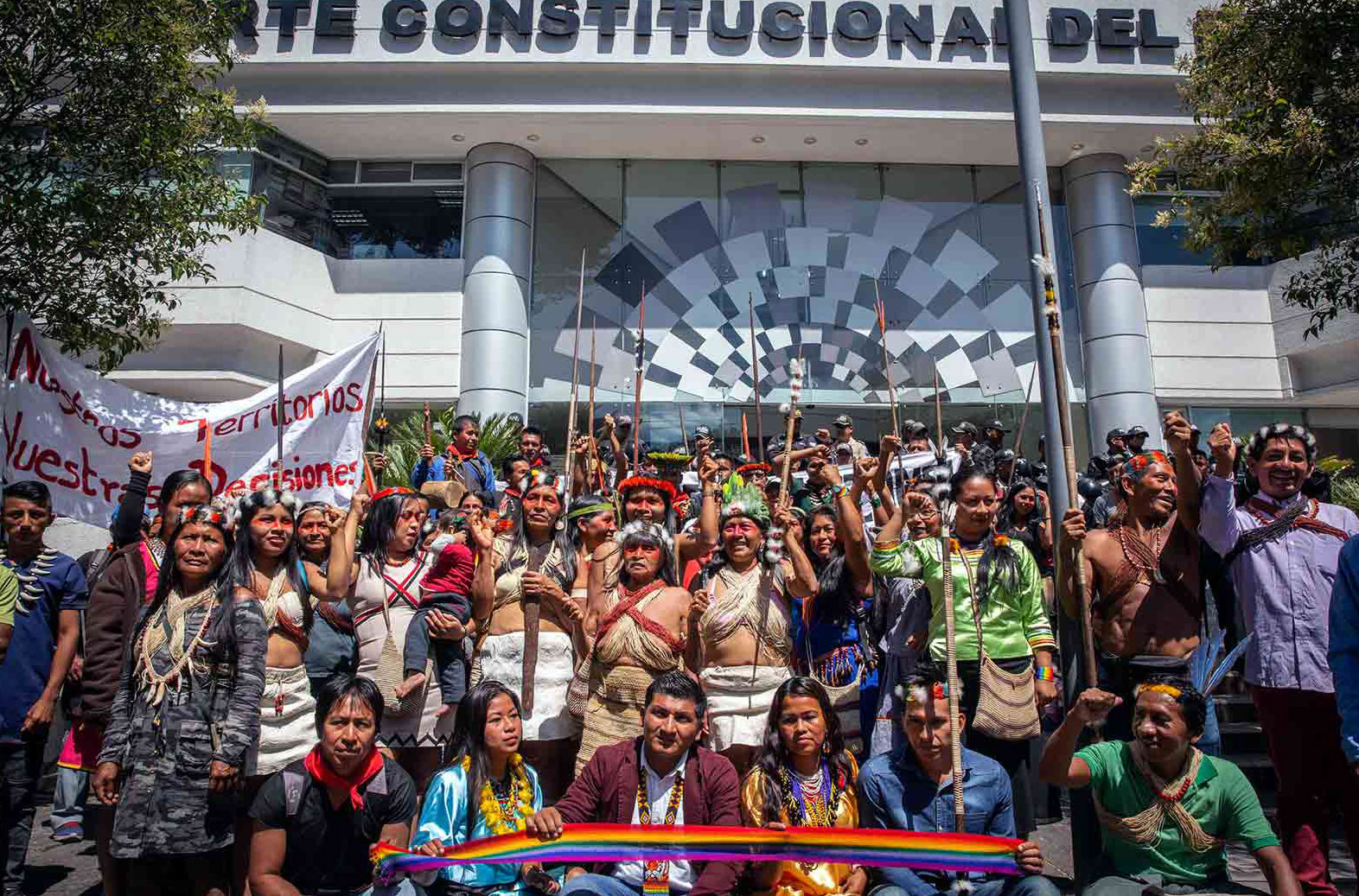Indigenous Peoples are among the groups most affected by climate change, not only because of the impacts on their ecosystems and livelihoods, but also because of cultural losses. Facing multi-layered climate injustice which increases their marginalization, the Indigenous Peoples are demanding a fund for loss and damage. Indigenous leaders demand respect for their right to self-determination and have opened the debate on how to compensate retroactive losses, non- economic losses and cultural damages.
The impacts of climate change have passed the threshold of resilience and capacity of many ecosystems and communities around the world, and the number of people affected by disasters induced by climate change is growing. According to the UN, there were 510,837 deaths and 3.9 billion people affected by 6,681 climate-related disasters between 2000 and 2019.
When climate change impacts exceed the adaptive capacity of countries, communities and ecosystems, compensation for their loss and damage must be considered. This was a particularly contentious topic at the COP 26 climate talks in Glasgow in 2021 with developing countries demanding a finance facility for loss and damage while developed countries firmly opposed this.
As such, the compromise was “to discuss the arrangements for the funding of activities to avert, minimize and address loss and damage associated with the adverse impacts of climate change”. The discussion did not progress much either in the intersessional climate talks in Bonn in June 2022. Time will show what the outcome of the forthcoming COP 27 and COP 28 climate talks will be on this matter.
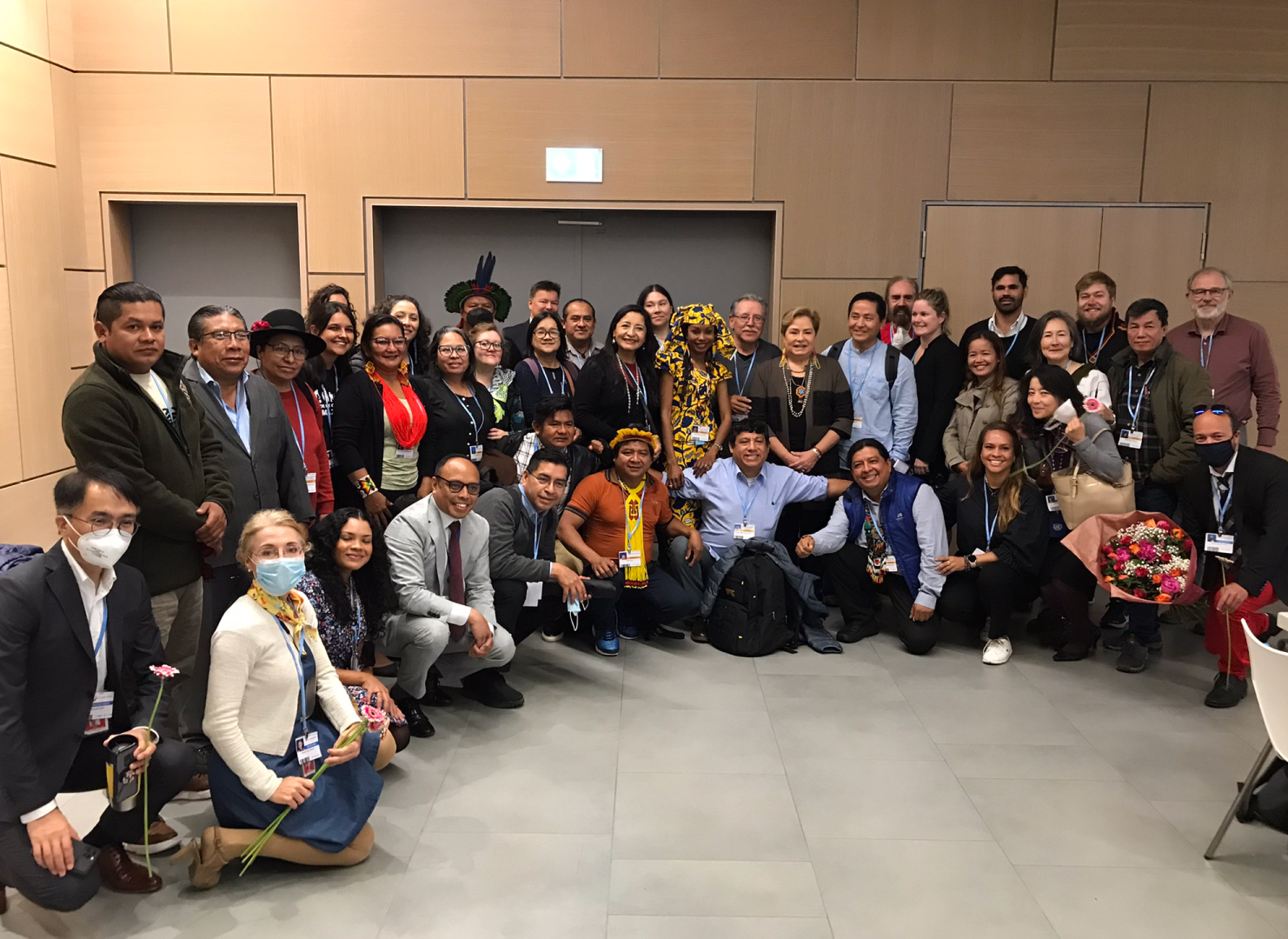
Indigenous leaders and UN representatives at the intersessional climate conference in Bonn in June 2022. While developing countries demanded a dedicated fund, developed countries opposed it. Photo: Stefan Thorsell
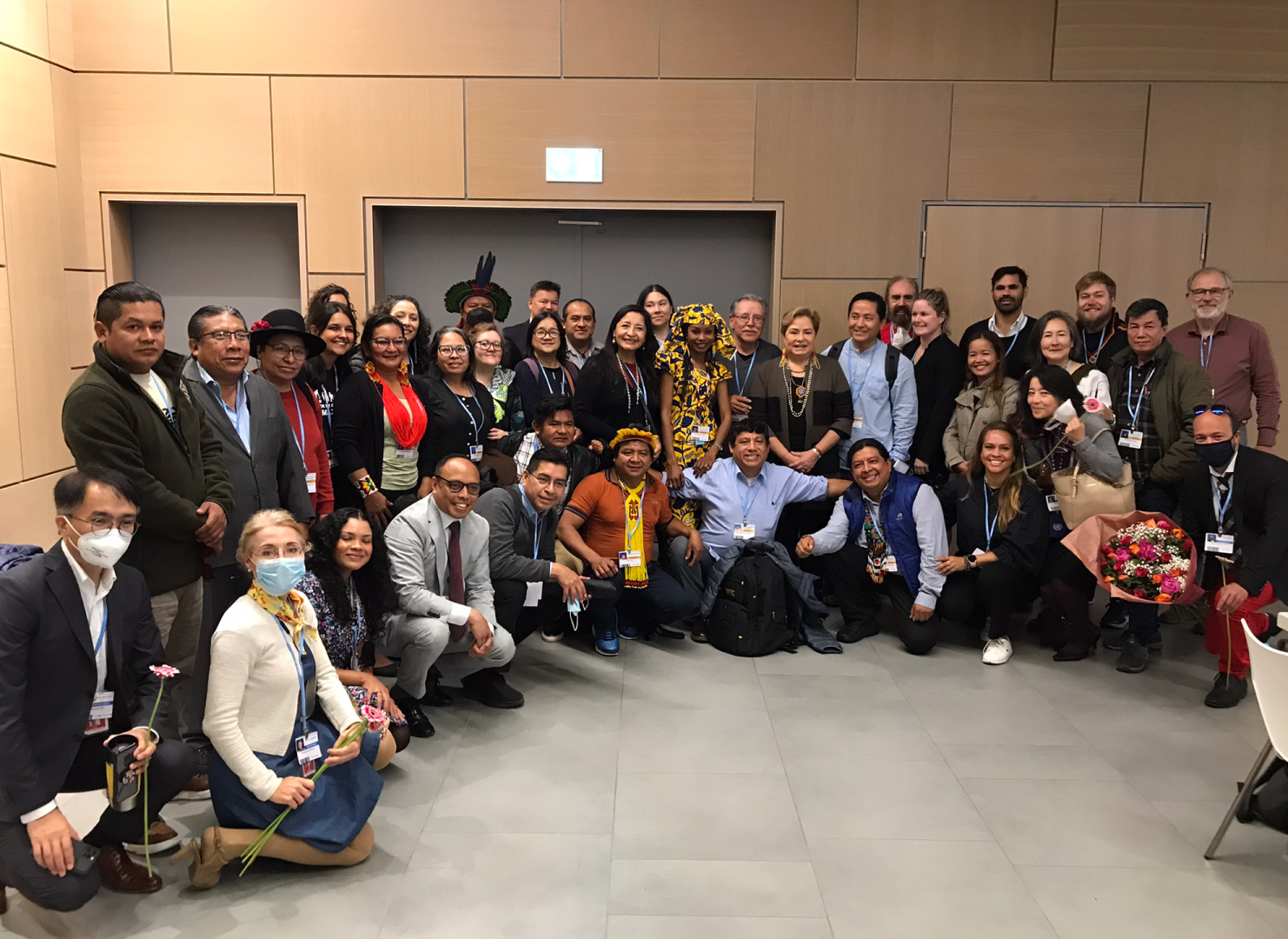
Indigenous leaders and UN representatives at the intersessional climate conference in Bonn in June 2022. While developing countries demanded a dedicated fund, developed countries opposed it. Photo: Stefan Thorsell
Loss and damage aggravate existing historical marginalization of Indigenous Peoples
For Indigenous Peoples, loss and damage couldn’t be more real especially in the context of their rights. It is already globally and scientifically established that Indigenous Peoples make significant contributions to climate change mitigation and adaptation through traditional knowledge that has sustained their lands, territories and resources for generations. Unfortunately, it is likewise true that Indigenous Peoples are among the most vulnerable to impacts of climate change. The UN recognizes that the negative consequences of climate change are aggravating the already existing socio-political and economic marginalization that Indigenous Peoples are experiencing.
There is evidence to show that damage to livelihoods, agriculture and income is increasing for Indigenous Peoples. Yet both global and many national aggregates do not include disaggregated data on Indigenous Peoples. And for Indigenous Peoples loss and damage is not only about the direct negative impacts of climate change but also about the negative impacts of climate actions (mal-mitigation and mal-adaptation). Further to this, as reiterated by the Indigenous Peoples during the recent intersessional climate talks in Bonn, loss and damage should “not only account for the physical losses of our lands, but also the cultural losses directly connected to those lands and waters that constitute our identity.”
It is equally urgent to recognize, as IWGIA highlights, that Indigenous Peoples not only suffer the impact of the socioecological crisis but also the criminalization of their right to social protest every time they oppose to the economic policies that promote extraction of natural resources and exploitation of their territories disregarding human rights and Mother Nature. So clearly, loss and damage do not happen in silos.

The impacts of climate change affect the lands of Indigenous Peoples, their livelihoods, and also their culture. Photo: Fundación Tebtebba
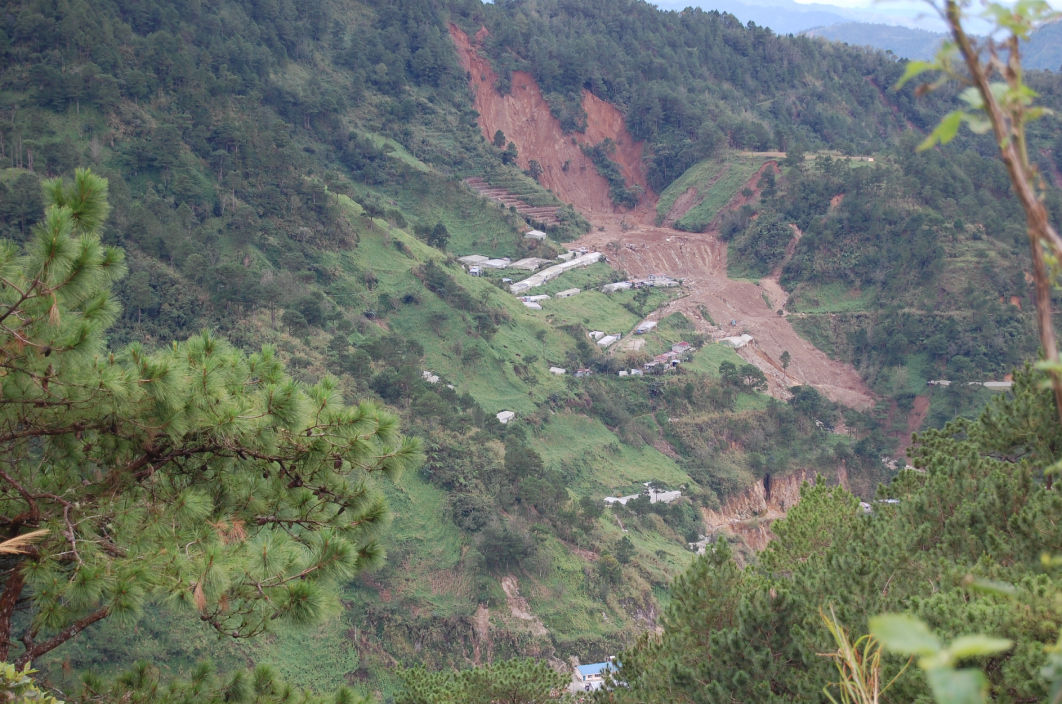
The impacts of climate change affect the lands of Indigenous Peoples, their livelihoods, and also their culture. Photo: Fundación Tebtebba
The Tagbanua People: a case of loss and damage
A case in point is the impact Typhoon Haiyan had on Indigenous Peoples in Philippines in November 2013. According to the UN, as result of Haiyan 1.14 million structures were totally or partially damaged, 16 million people were affected with four million citizens displaced, and economic losses were estimated at US$13 billion. More than 8,000 people lost their lives. Among the victims were the Indigenous Tagbanua People of Coron Island. The municipal mayor reported that nearly all of the community’s houses had been destroyed and most of its boats, which are their primary transportation and income source, were washed away.
But in fact, this tragedy for the Tagbanua People could have been prevented, had they not been forcibly removed from their ancestral land. Back in 1976, through a presidential decree their island was claimed as an experimental zoo for endangered African animals. Recounting the resettlement, a Tagbanua elder recalls: “For ten years, we were resettled in a barren land, we went hungry.” So they were forced to settle in the low lying coastal areas prone to typhoons and other natural disasters.
“The Tagbanua are usually the lowest priority, and in the case of Haiyan, nearby communities had already received aid, whereas the Tagbanua were made to wait weeks before receiving anything.”
All over the world, there are Indigenous Peoples experiencing the aggravated impacts of climate change, discrimination and colonization combined.
Further aggravating the impact during the Typhoon Haiyan, the Tagbanua People were made to wait for weeks before receiving any relief goods from the government. This, according to a community elder, is a remnant of the prevailing exclusionary attitude of the local government. “The Tagbanua are usually the lowest priority, and in the case of Haiyan, nearby communities had already received aid, whereas the Tagbanua were made to wait weeks before receiving anything”.
The case of the Tagbanua People is not isolated. All over the world, there are Indigenous Peoples experiencing the aggravated impacts of climate change, discrimination and colonization combined. As their rights are violated, their economic and non-economic loss and damage must be recognized, understood and compensated.
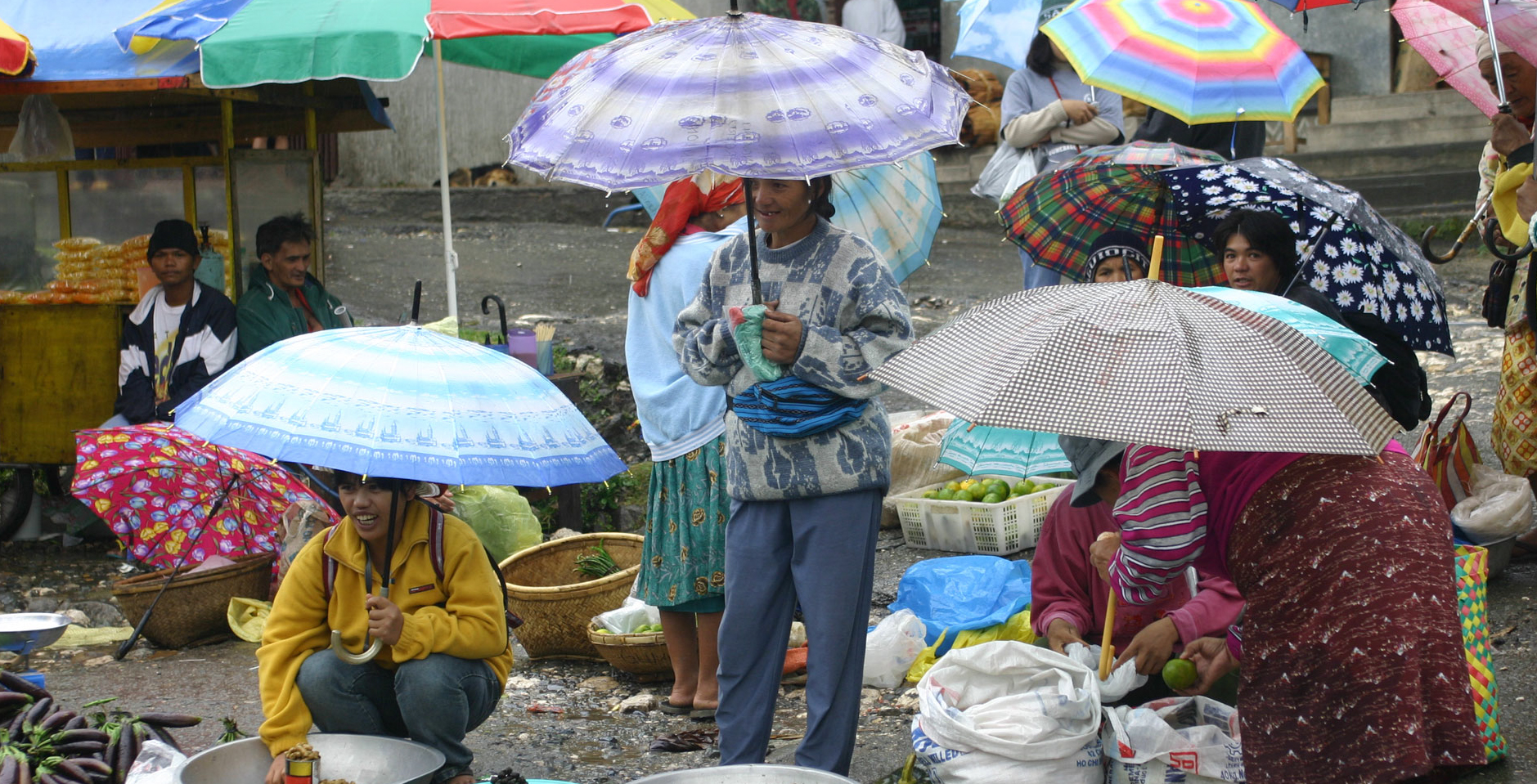
In 2013, Typhoon Haiyan caused grave losses to the Indigenous Peoples of the Philippines. Tagbanua communities lost both their houses and boats. Photo: Iwgia
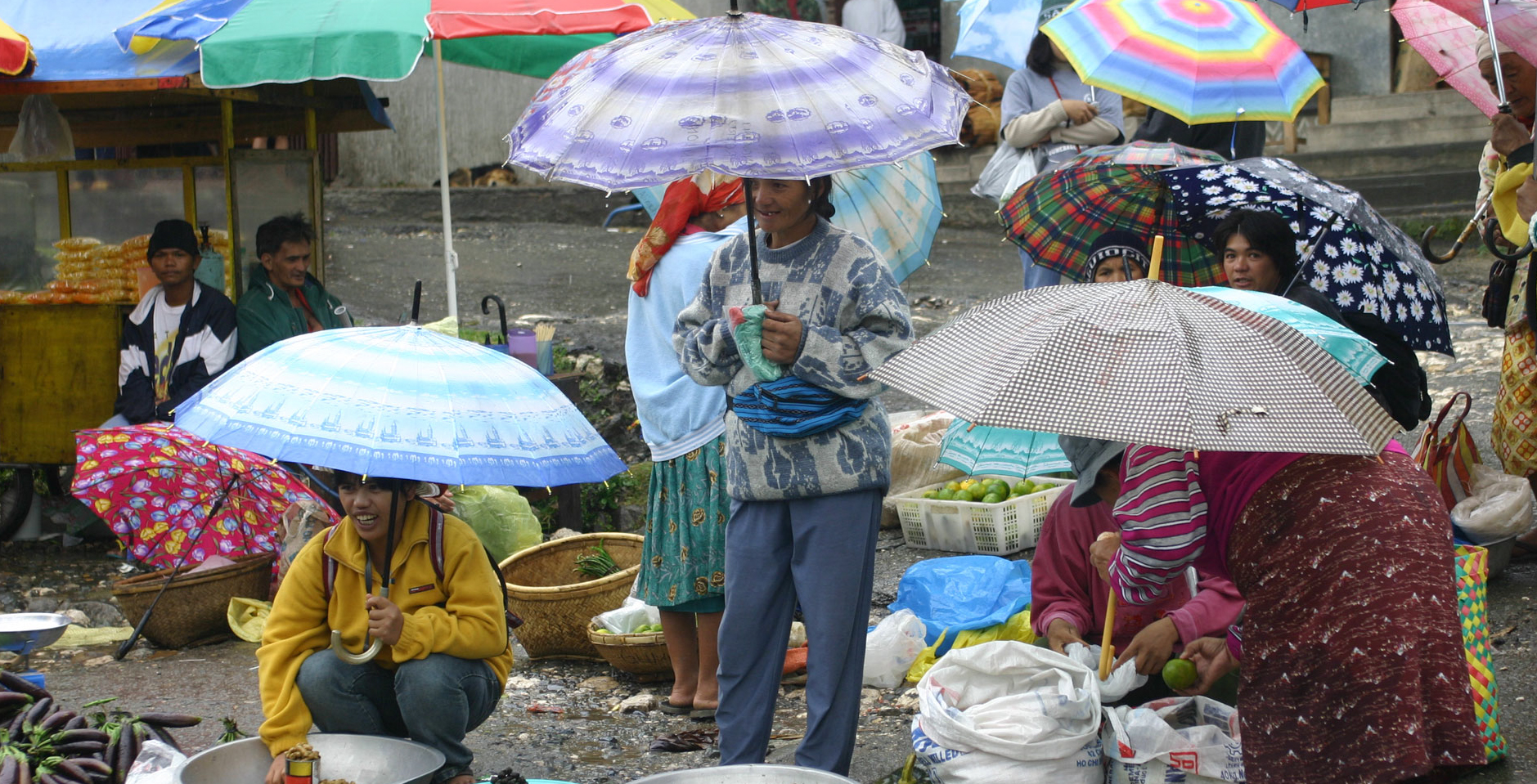
In 2013, Typhoon Haiyan caused grave losses to the Indigenous Peoples of the Philippines. Tagbanua communities lost both their houses and boats. Photo: Iwgia
Loss and damage facility needed… now!
Under the UN Framework Convention on Climate Change (UNFCCC), developed countries have agreed to provide US$ 100 billion per year in climate finance to developing countries. Not only has this target not been met, the UNFCCC’s own Standing Committee on Finance recently found that the US$ 100 billion target is actually way below the needs of countries. Even more notably, the calculations in the report failed to include compensation for loss and damage. The reason for this could be that loss and damage is difficult to determine and methodologies for determining cost estimates have not yet been agreed. Meanwhile, developed countries continue to oppose the idea of a loss and damage finance mechanism.
But desperate times call for desperate measures and Indigenous Peoples demand a finance facility for loss and damage, the need for which is climactic (pun intended). Firstly, governments engaged in UNFCCC climate talks must ensure that the perspectives of all non-state actors, including those of Indigenous Peoples, are included in the definition of what constitutes climate finance. It is fundamental that definitions of climate finance are based on lived experiences and priorities of those who contribute most to climate solutions. The Loss and Damage Financial Facility should also consider past damages (retroactive), non-economic damages and cultural damages. Again, climate finance does not exist in silo – it is connected to the forest, the communities, livelihoods and people. There is a need to ensure rights-based and gender- responsive approaches to reduce, assess and address loss and damage.
It is fundamental that definitions of climate finance are based on lived experiences and priorities of those who contribute most to climate solutions.
It is fundamental that definitions of climate finance are based on lived experiences and priorities of those who contribute most to climate solutions.
Secondly, Indigenous Peoples demand that loss and damage finance should be an additional (on top of) to climate mitigation and adaptation finance – and must come in the form of grants, not loans. Compensation for loss and damage is not an “aid” or help from developed to developing countries during calamities but rather an obligation to be fulfilled. It is also critical that Indigenous Peoples have direct access to dedicated loss and damage finance to support the maintenance, restoration, protection of their lands and waters, and to enhance their resilience based on their priorities, systems of governance, and knowledge. It is time to realize that loss and damage should not be reactive to whenever disaster strikes, it should be proactive, sustainable, and equitably accessible.
The operationalization of loss and damage finance at national levels should be inclusive and ensure full and effective engagement of Indigenous Peoples both in the decision-making processes and in granting access to technical and financial means for implementation. There should be a redress and grievance mechanism that is accessible (allowing for submission of complaints in any language, format, methodology), proactive (allowing people to lodge reports already when there is potential harm), and fully funded or resourced. Grievance mechanisms at the national and sub-national levels should not preclude accessing other mechanisms if the complainants feel that their concerns are not sufficiently addressed.
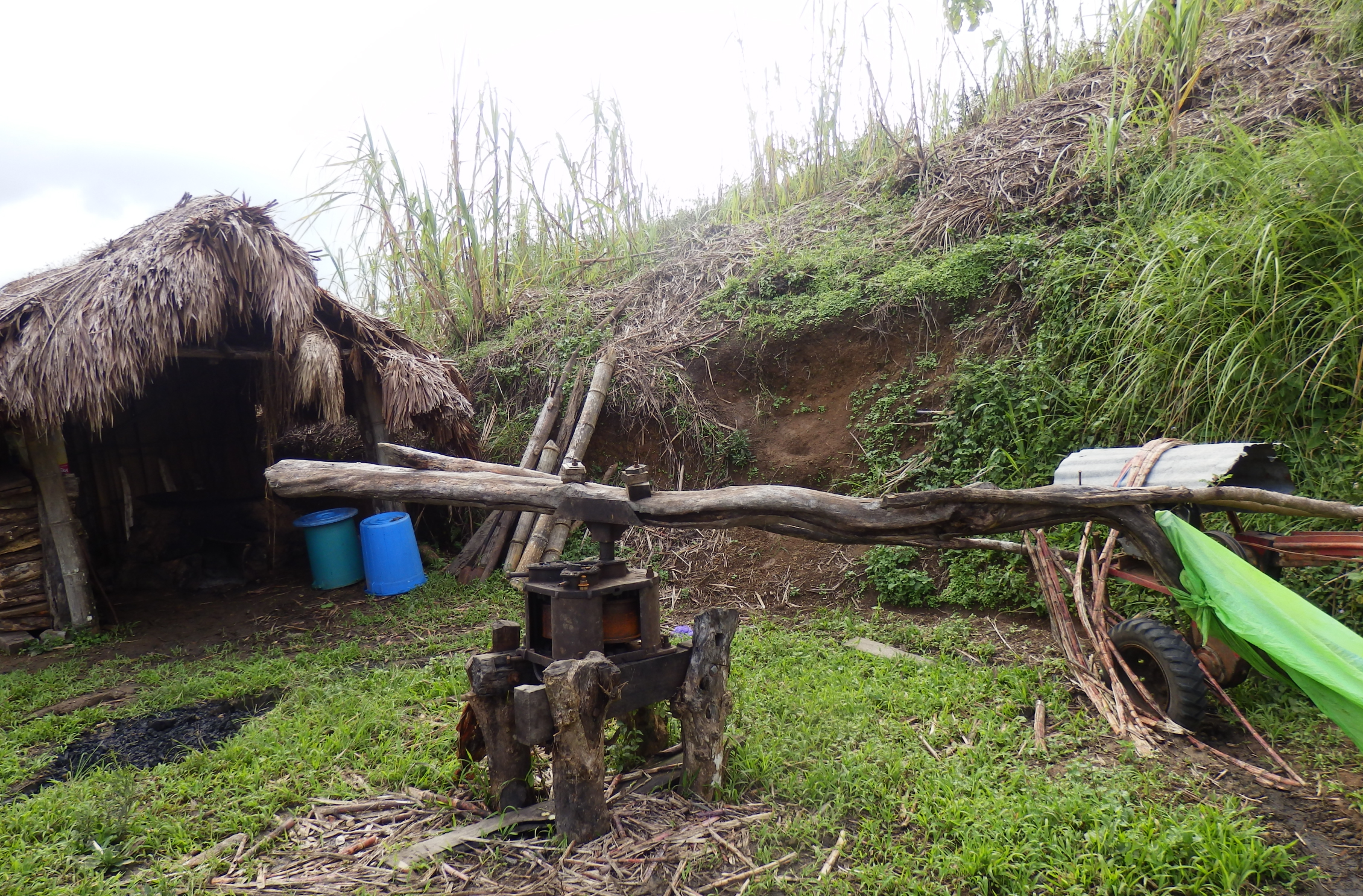
Loss and damage financing must ensure the full and effective engagement of Indigenous Peoples. Photo: Tebtebba Foundation
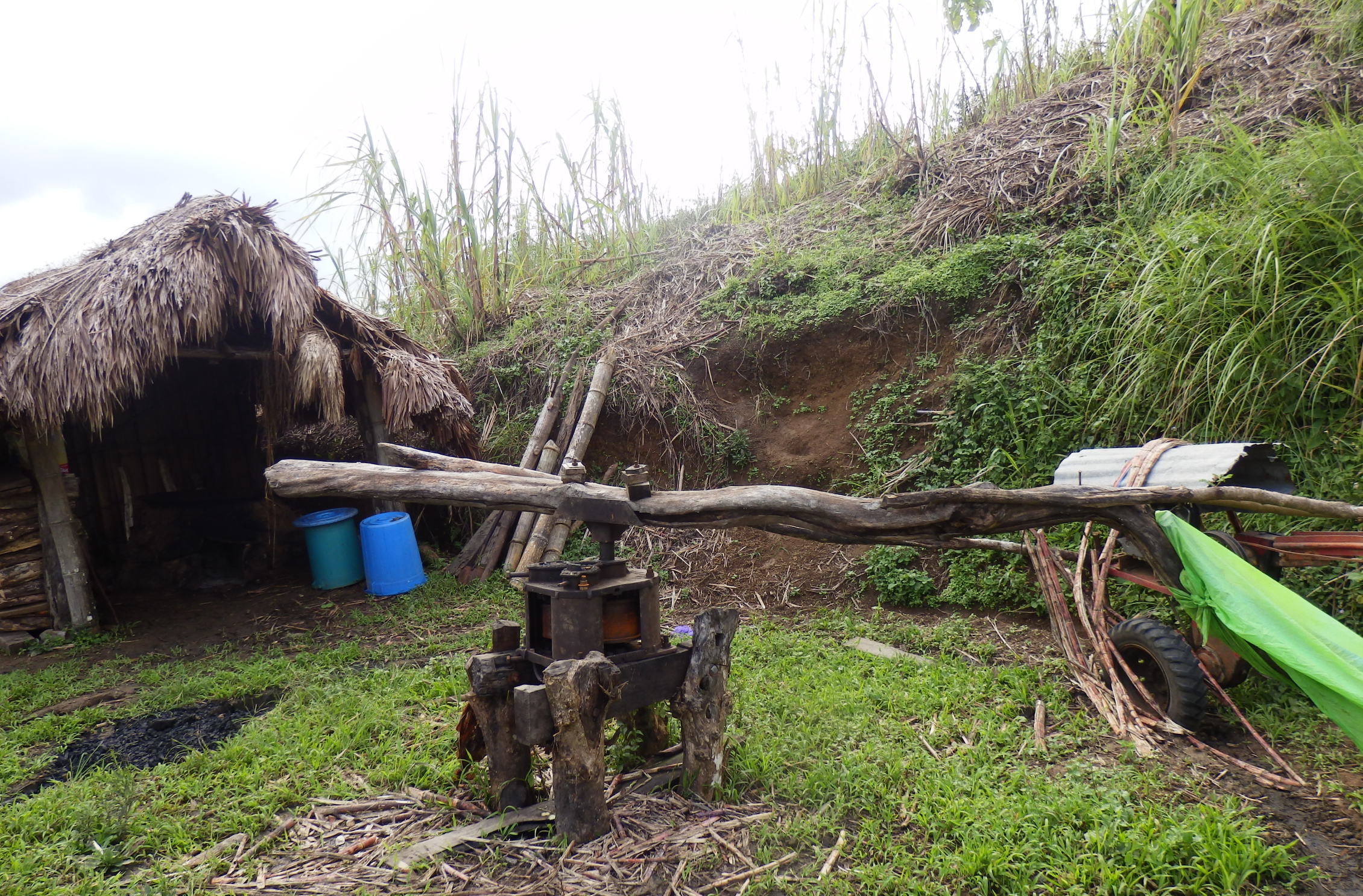
Loss and damage financing must ensure the full and effective engagement of Indigenous Peoples. Photo: Tebtebba Foundation
From loss and damage to the right to self-determination
There is also a need to address the dearth of disaggregated data on Indigenous Peoples in national aggregates by harmonizing fragmented national policies or frameworks to include particular indicators on Indigenous Peoples. This could include, for instance, indicators in country reports for the Global Stocktake of the Paris Agreement next year. Such indicators could revolve around: What constitutes loss and damage for Indigenous Peoples? How do we measure non-economic losses that pertain to culture and traditional knowledge? How should Indigenous Peoples be engaged in participatory risk assessments?
There should be allocated resources to support Indigenous Peoples-led specific loss and damage assessments to inform and further improve the plans of the dedicated UNFCCC mechanism – the so-called Warsaw International Mechanism on Loss and Damage – or national plans for disaster risk reduction and climate change.
The right of Indigenous Peoples to self-determined development, as enshrined in the UN Declaration on the Rights of Indigenous Peoples, should not stay on paper only.
The right of Indigenous Peoples to self-determined development, as enshrined in the UN Declaration on the Rights of Indigenous Peoples, should not stay on paper only.
For long time, Indigenous Peoples have been relegated as project or fund beneficiaries. But it is time to break this position and put them in positions of equal decision-making and partners. The right of Indigenous Peoples to self-determined development, as enshrined in the UN Declaration on the Rights of Indigenous Peoples (UNDRIP), should not stay on paper only. It should be exercised both by Indigenous Peoples as rights holders and by governments as duty bearers.
And the right to self-determination transcends boundaries of decision-making powers, including on climate finance. Addressing loss and damage needs of Indigenous Peoples is one way among others of addressing historical injustices including climate injustice.
